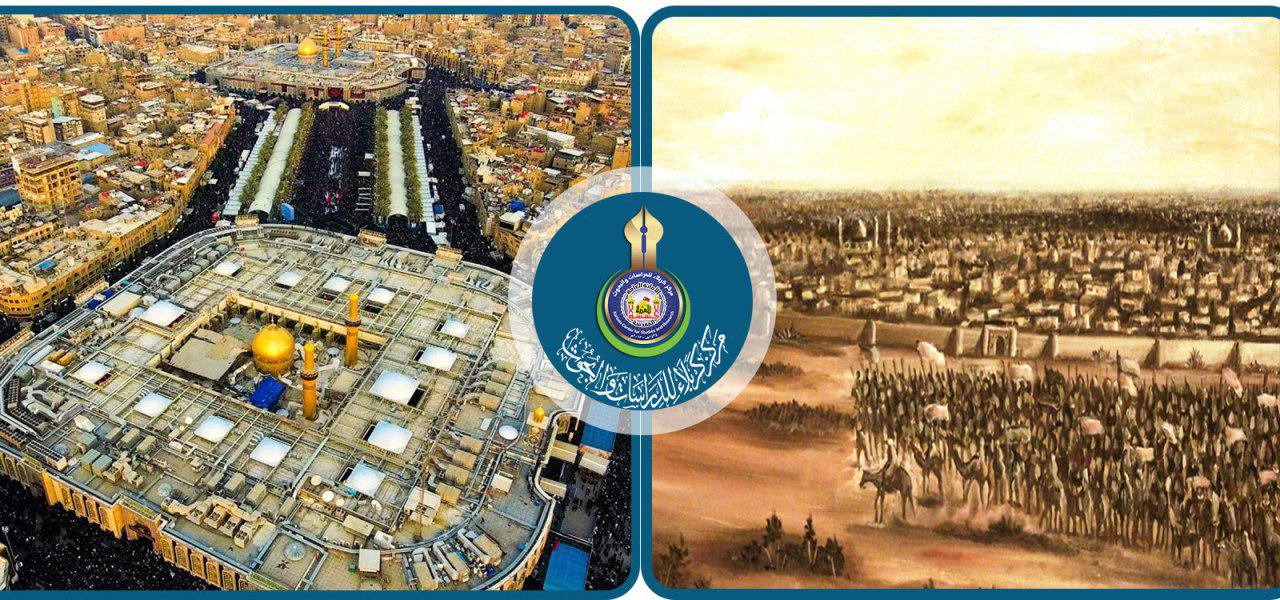In the beginning of the Abbasid period, Karbala started to see architectural development due to the flow of pilgrims and the decision of many Muslim to live next to the tomb of Hussain and also to provide services to other incoming pilgrims.
Consequently, simple new houses were built around the holy tomb by using the known building materials in those areas. Since Karbala and the surrounding areas were part of the green valley of Kufa and are located in the alluvial areas of the plains of Mesopotamia, it is to be believed that clay was one of the main building materials in Karbala. Thus, lumps of clay Qaqj) were used in building some of the simple houses around the tomb of Imam Hussain (A. S. )'.
Karbala continued to gradually grow until the last days of the rule of the Abbasid Caliph Haroun al-Rashid when in 193 A. H. (809 A. D. ) he demolished the tomb which was at the time covered by a dome. He also destroyed the houses around the tomb.
In 198 A. H. (813 A. D. ), building work in Karbala restarted during the rule of the Abbasid Caliph al-Ma'moun. He rebuilt the tomb of Imam Hussain, and house building followed around the holy tomb and thus, the city flourished in architecture once again'.
Source:
- Holy Shrines of Karbala: By Raouf Mohamed Ali Al-Ansari [p 87-88].

